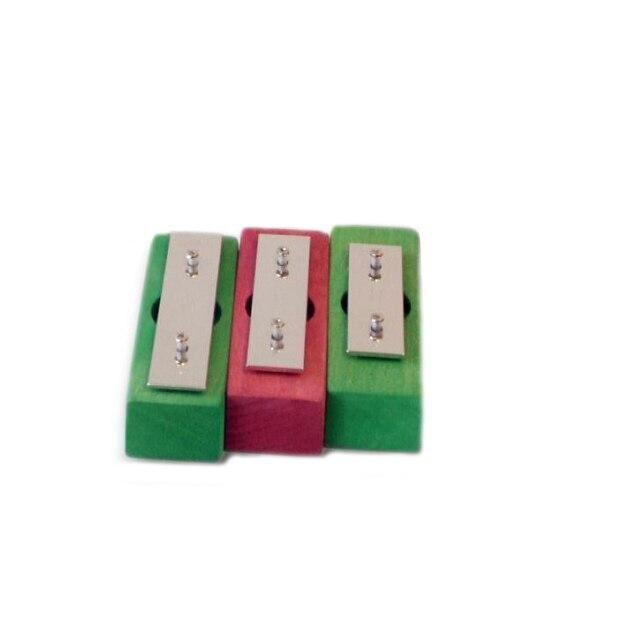Each note is assigned a colour. This makes it easier for children to learn to play. In the booklet, which is enclosed with every glockenspiel, you can find notes which are colour-coded. (This can also be done by hand on any other sheet music by parents or children.)
The colour assignment is based on the physical basis of octaving the tone until it shows the corresponding colour in the colour spectrum. (Eg. low C and high C both are the same colour).
The child experiences the richness of colour of the whole rainbow with the sound.
Options:
Comes with 2 mallets.
Made in Germany.





